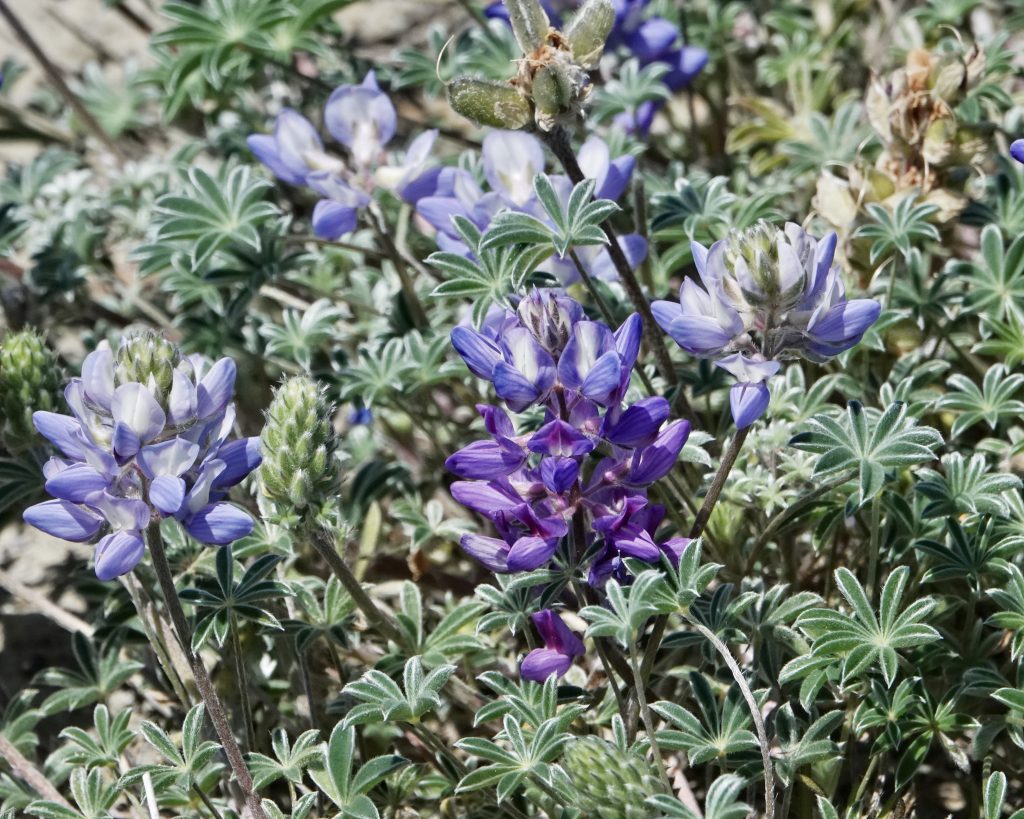
This is my favorite lupine, mostly because it is one of the two lupines that I can identify on sight (or site, for that matter). I used to think I could identify Lupinus bicolor on sight, and then realized I might be confusing it with L. polycarpus (or L. micranthus depending on the resource), until the taxonomists bailed me out by synonymizing the 3 under L. bicolor. But I digress. Until I began researching for this profile I had forgotten that what I’ve always called dwarf lupine (and which also has the common name prostrate lupine) was one of many variations of Lupinus lepidus, this one being lobbii. They are all very similar in appearance (although var. lepidus is a bit taller, greener, and has longer leaflets), and are best distinguished by their location, although Flora of Oregon says “The varietal taxa within this species are arguably arbitrary and extraneous.”
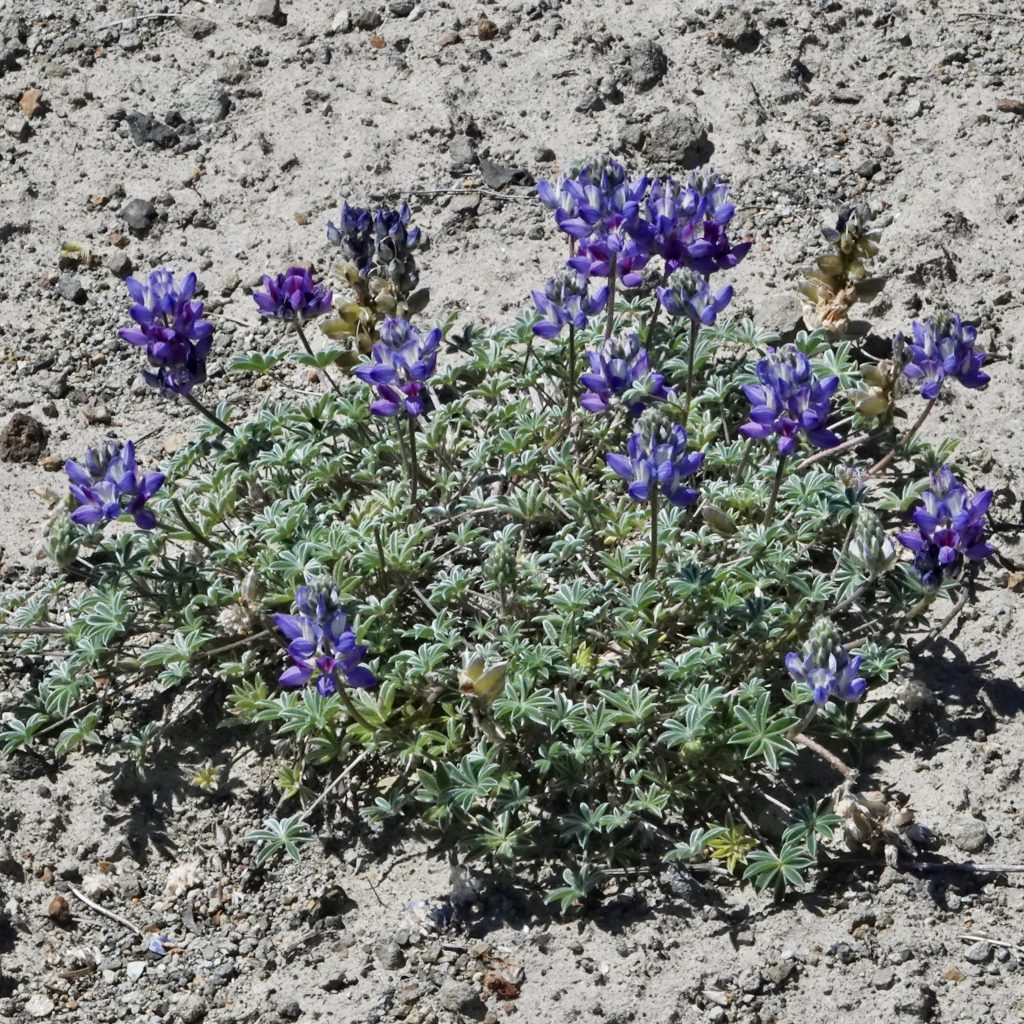
Regardless, this is a distinctive lupine because it is so short, with tiny, silvery leaflets. It is doing very well where I found these in the pumice slopes and flats in the blast zone of Mt. St. Helens, and is the most common plant in some areas. Being a perennial it is invaluable for stabilizing the soil in the areas where it grows, and it’s understated handsomeness, texture, and bright color are welcome in some of the more barren areas it calls home. It is considered to be a foundational plant colonist in the blast zone, although it’s interesting to note that (according to Bishop) high densities of plants have lower densities of some insects (primarily Lepidoptera and Orthoptera [grasshoppers etc.]) because the more crowded plants have lower levels of phosphorus, a required mineral for larval development. There are interesting papers by Bishop about this species colonization in the blast zone here, here, and here.
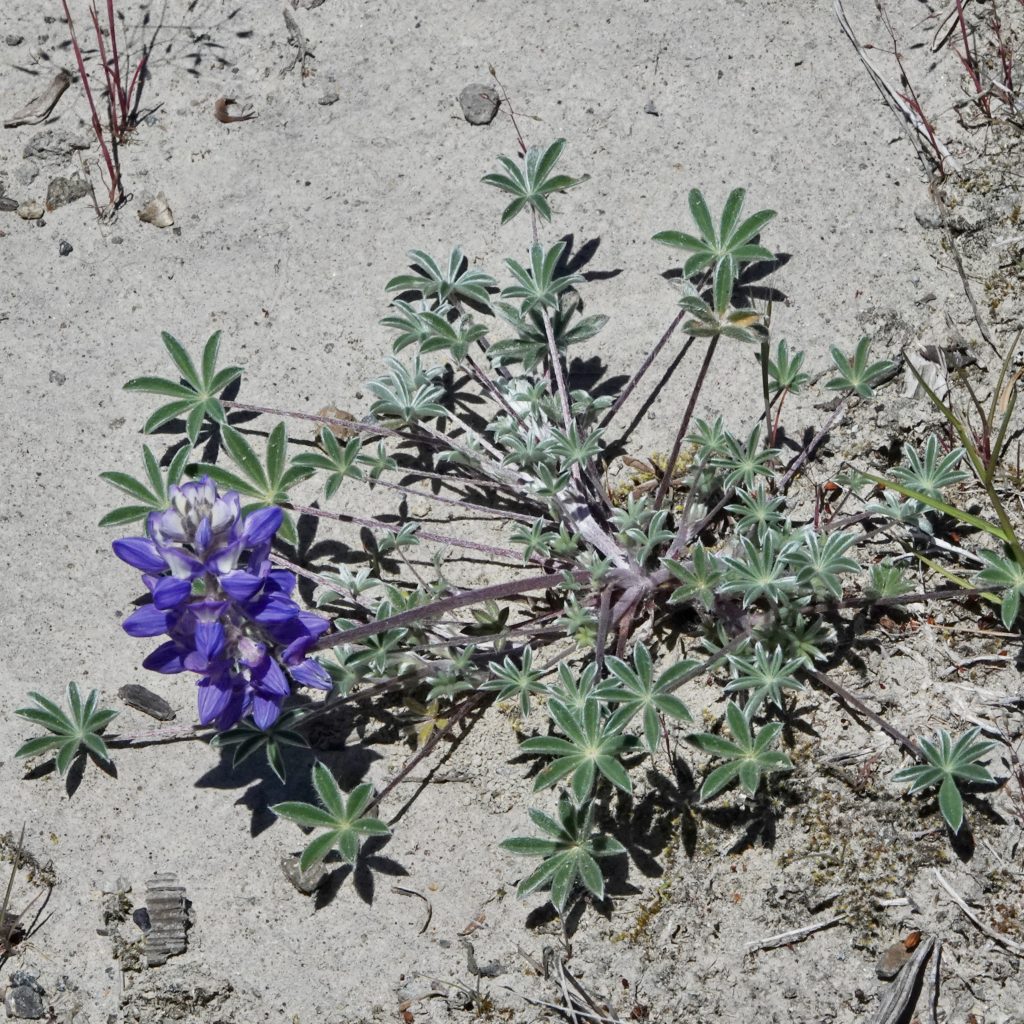
Description-Perennial; short (4-6” tall), prostrate clump with silvery leaves on long petioles divided into 5-7 small (1/3”) leaflets; flower spike leaning to erect, with small, blue to purplish flowers with white on the upper petal.
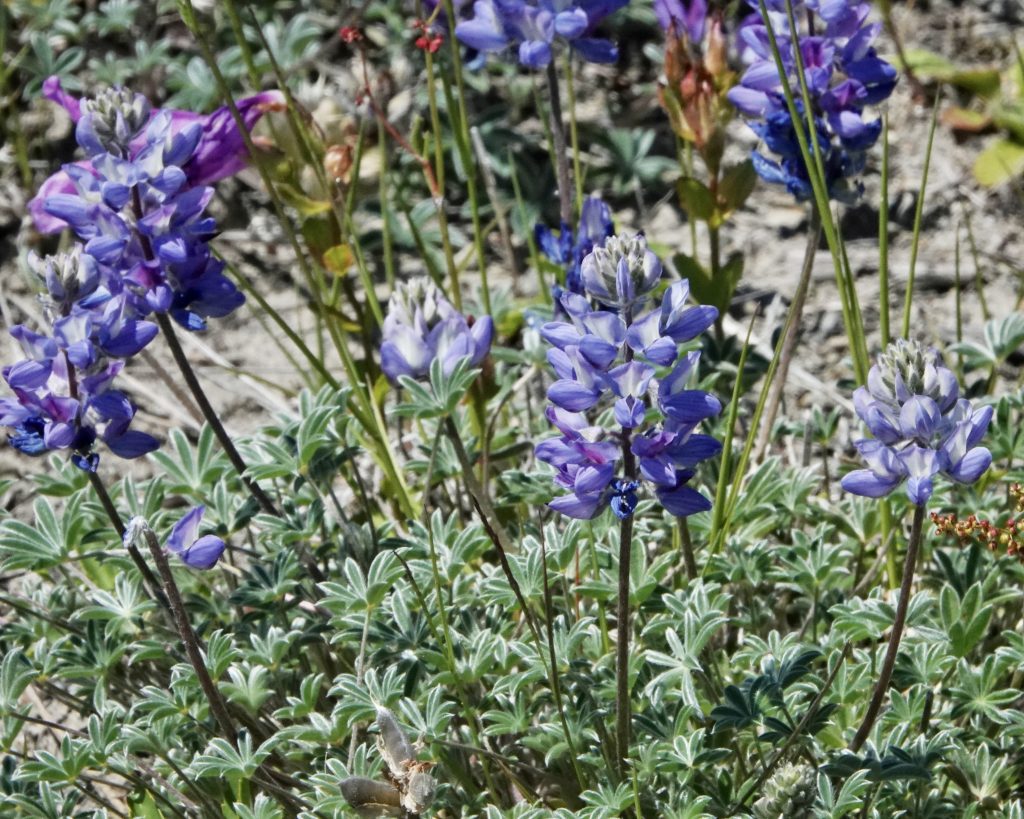
Similar species-The varieties are best separated by location, except L. l. lepidus which has much longer leaflets; Lupinus saxosus has 6-12 leaflets that are .5-1.5” long; Lupinus argenteus has 5-9 leaflets that are .5-2” long and a much taller (up to 16”) flower spike; Other lupines are taller and/or have longer leaflets.
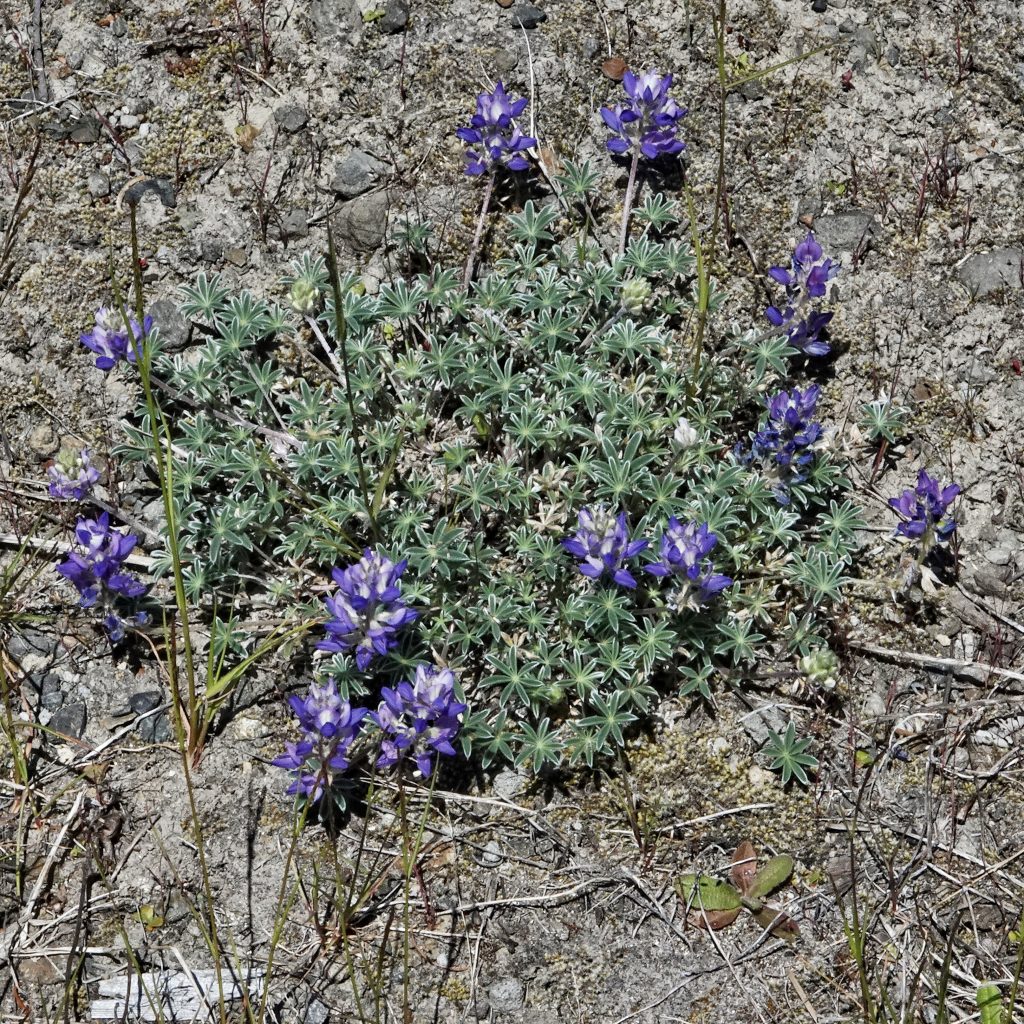
Habitat-Pumice, rock, sand, and subalpine meadows, from 1200’ up to 8700’ elevation.
Range-Western North America; region wide in appropriate habitat.
Reproductive timing-May to September
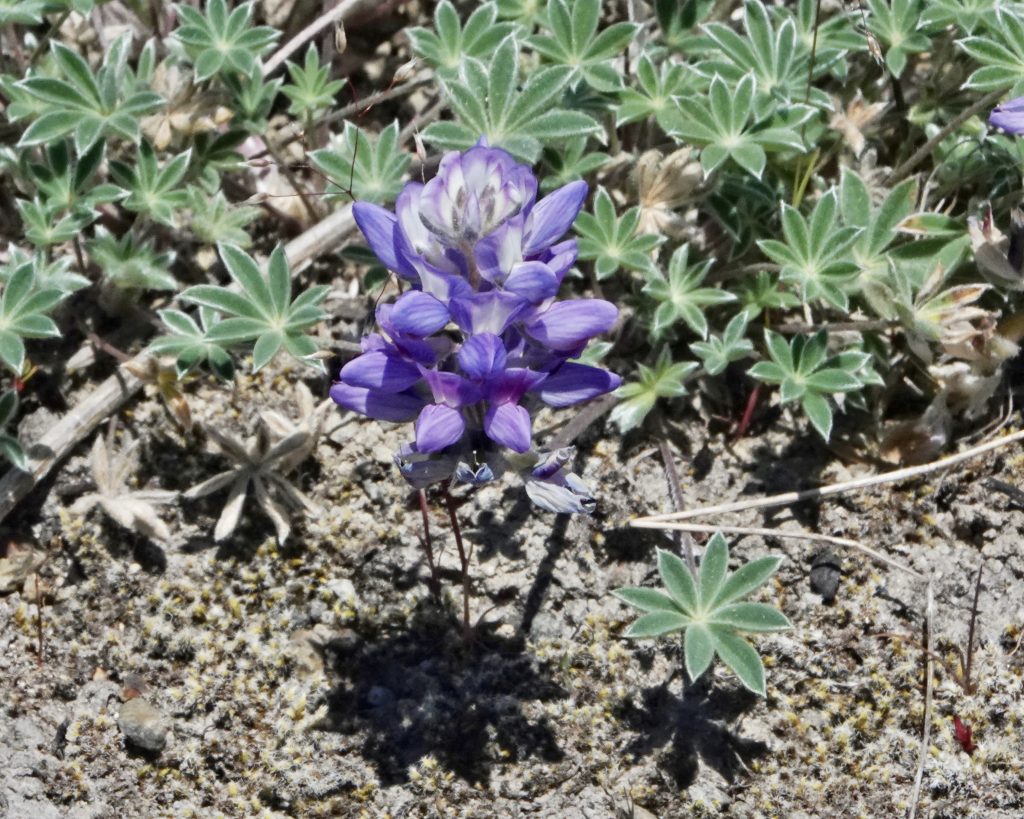
Eaten by-Tortricid moth larvae in the genus Hystricomorpha bore into the roots and stems; Gelechiidae moth larvae of Filatima loowita, and those in the genus Chionodes, feed on the foliage; there are also a large number of other moths that utilize lupines as a larval host, including members of Spilosoma, Autographa, Schizura, Arctia, Acronicta, and Egira, as well as many Hairstreaks, Blues and Sulphur butterflies, but I can find little that is specific for this species, except for Icaricia icarioides, whose larvae feed heavily on the seeds; larvae of flies in the family Anthomyiidae utilize this plant; lupines in general are considered to be toxic to mammals, but cattle are known to browse this plant with no ill effects; ground squirrels and chipmunks eat the seeds.
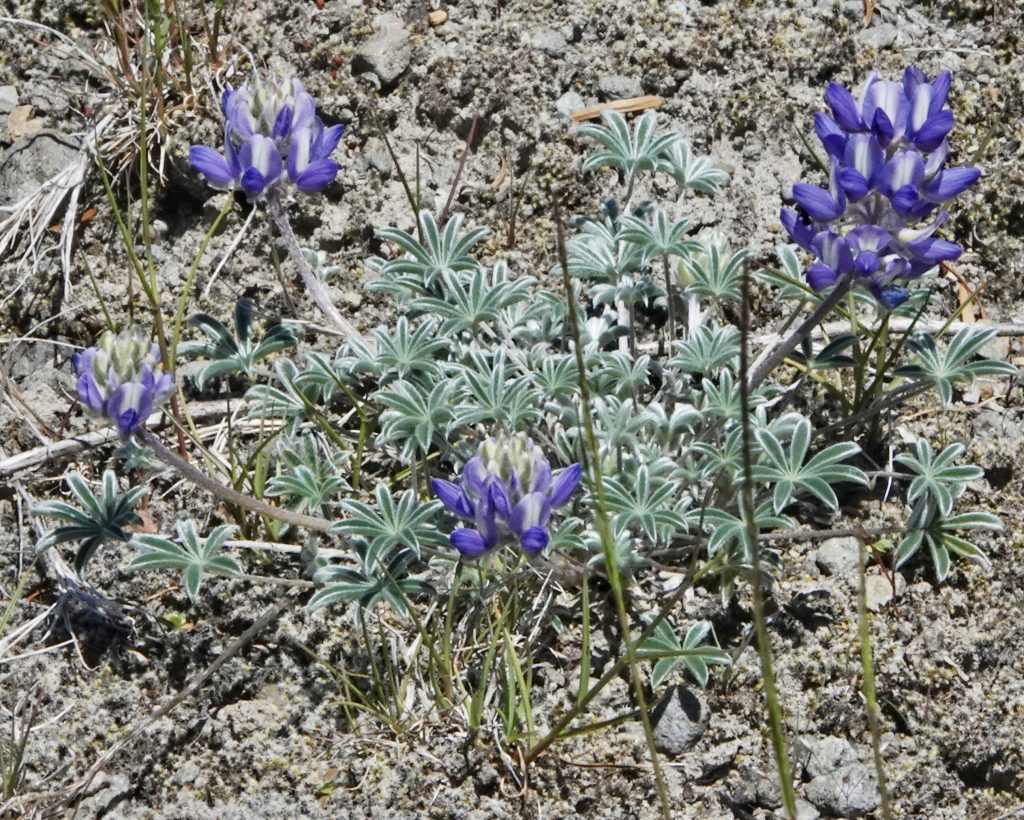
Etymology of names–Lupinus is from the Latin for ‘belonging to a wolf’, but the reference is unclear. The specific epithet lepidus is from the Latin for ‘pretty/graceful’, which seems an appropriate epithet for this charming little lupine; the varietal epithet lobbii is likely in honor of William Lobb (1809-64), a botanist who explored and collected extensively in the PNW in the mid 1800s, but I can find no corroboration for this.
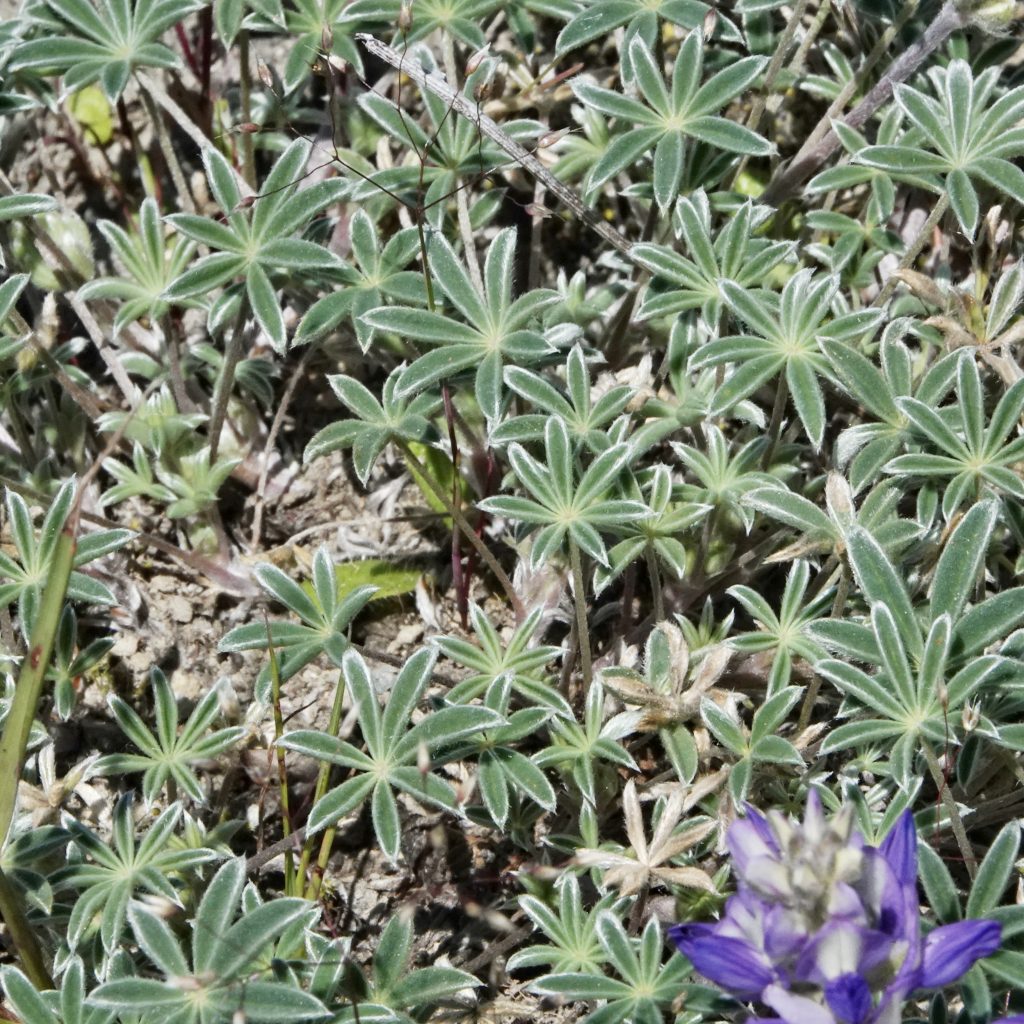
OregonFlora Lupinus lepidus var. lobbii
herbivory of lupinus lepidus lobbii – Google Scholar
herbivory of lupinus lepidus lobbii – Google Scholar
https://linnet.geog.ubc.ca/Atlas/Atlas.aspx?sciname=Lupinus%20lepidus
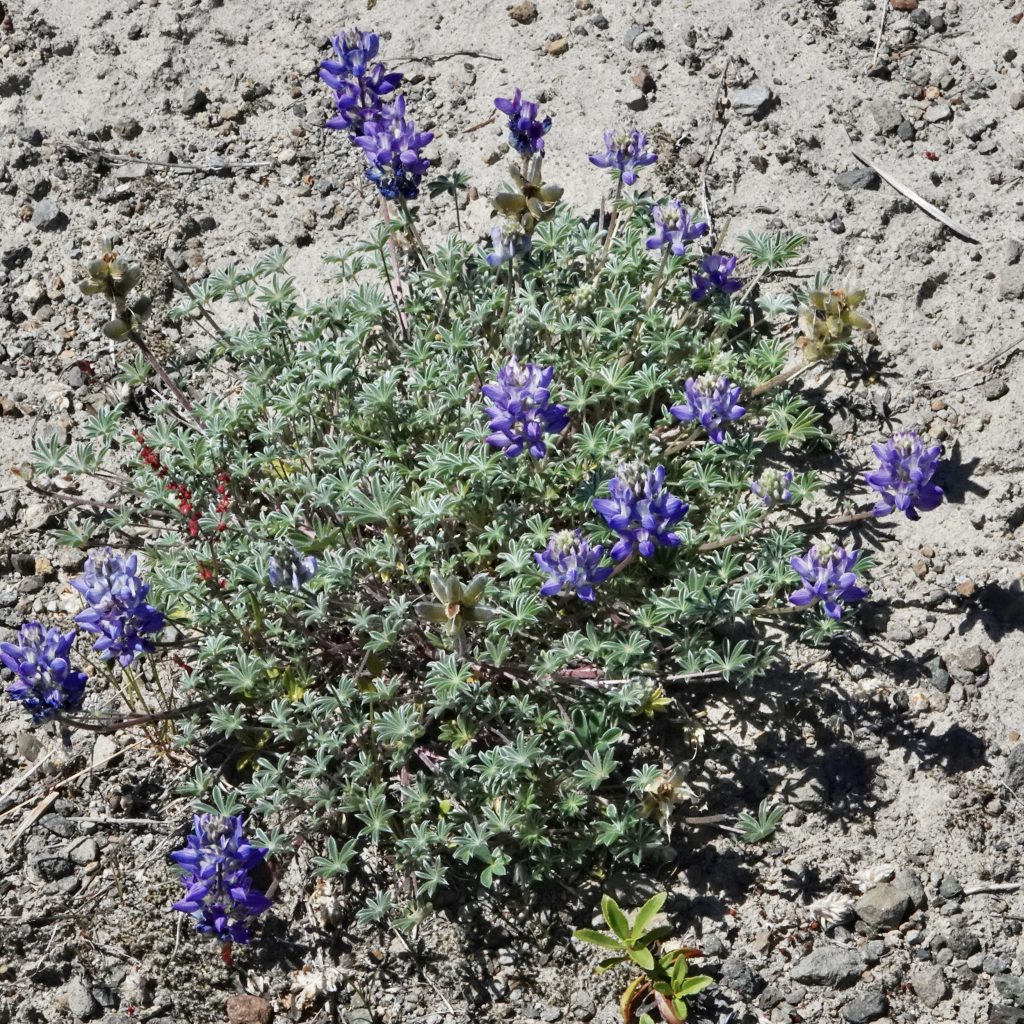
Lovely:) Thanks!!
Thanks for your appreciation, Sandra!
I’d like to invite you to visit Nob Hill Nature Park in St Helens, OR 97051. It’s an oak woodland overlooking the Columbia River. There are some weeds, yes, but also good indigenous native plants.
Yes! I’ve been wanting to get over there for quite some time. I don’t really know why I haven’t made it yet.
My favorite lupine too! Gotta love a quote that says “arguably arbitrary and extraneous”.
I liked that one too!